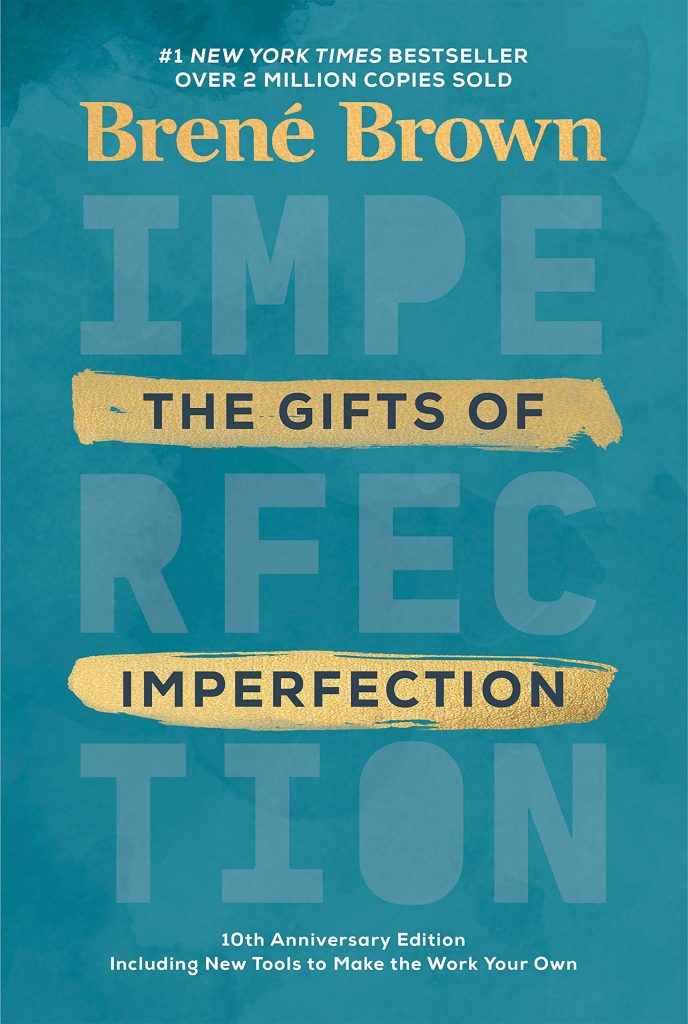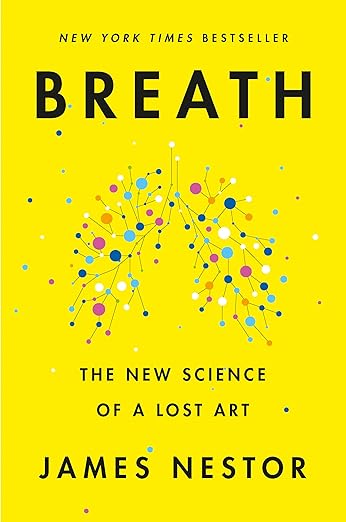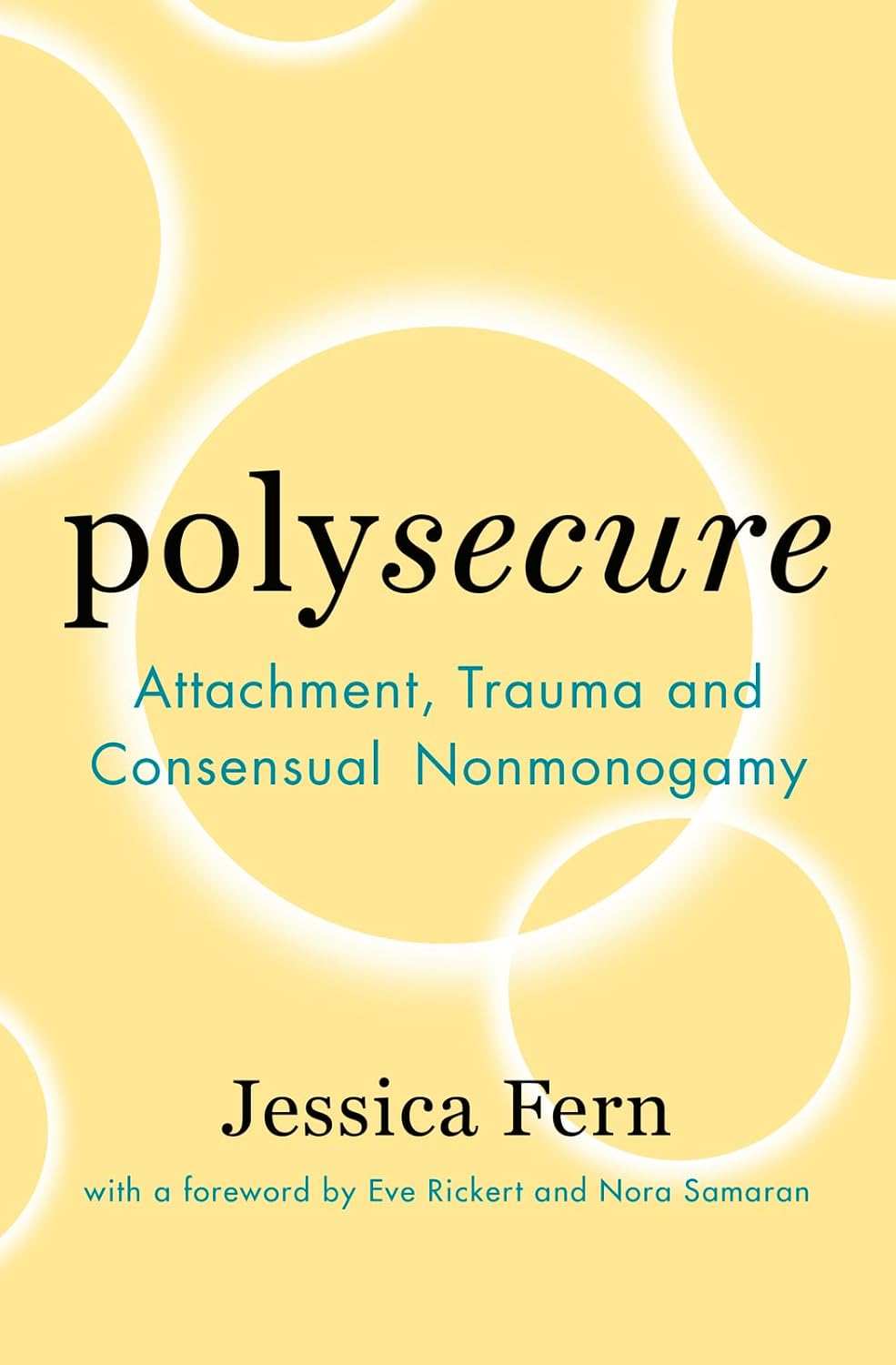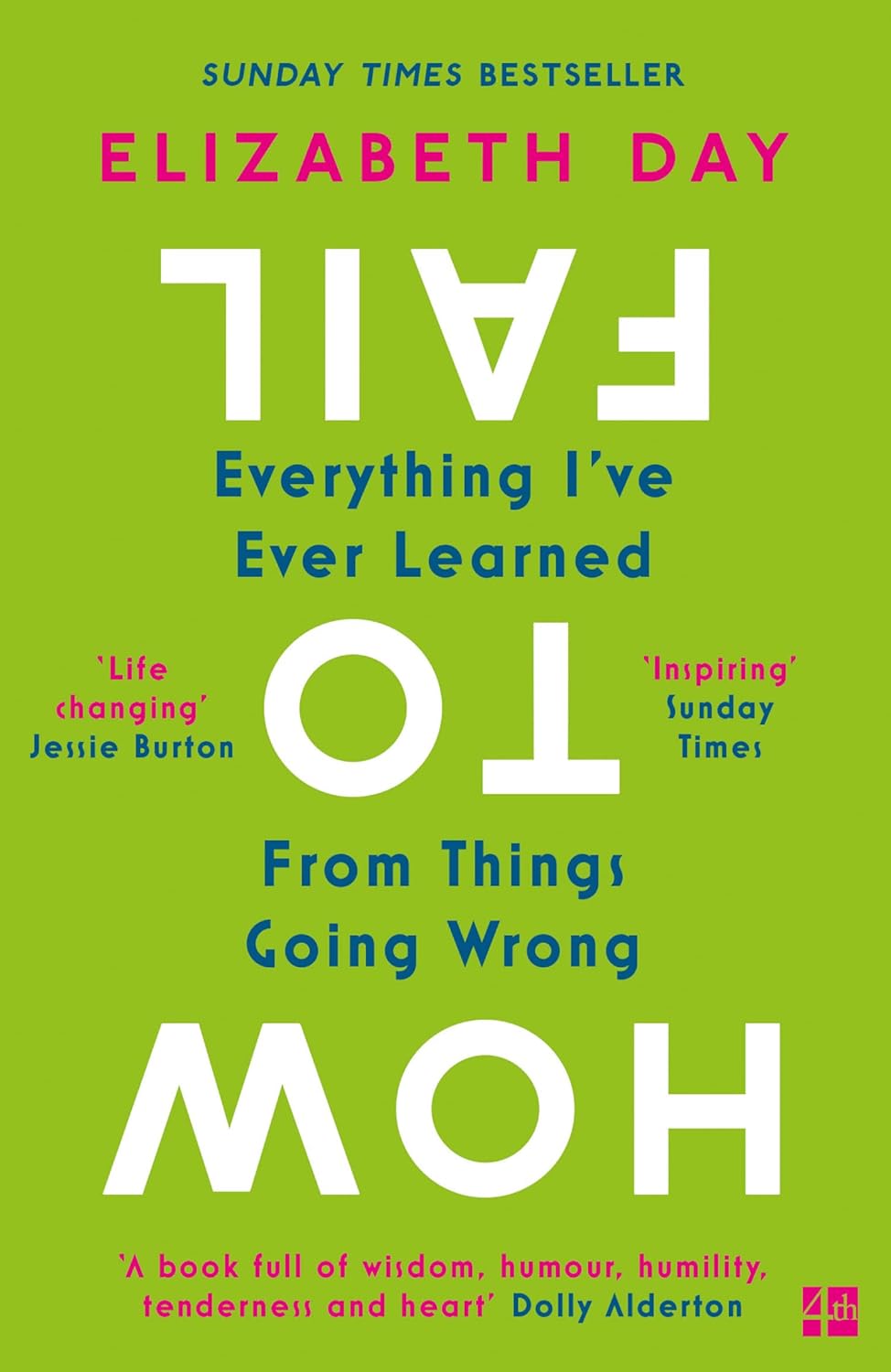
Buy The Book
Chapter
- ✦ Wholehearted Living
- ✦ Courage, Compassion, and Connection: The Gifts of Imperfection
- ✦ exploring the Power of Love, Belonging, and Being Enough
- ✦ The Things That Get in the Way
- ✦ Guidepost No.1, Cultivating Authenticity: Letting Go of What People Think.
- ✦ Guidepost No.2, Cultivating Self-Compassion: Letting Go of Perfectionism.
- ✦ Guidepost No.3, Cultivating a Resilient Spirit: Letting Go of Numbing and Powerlessness.
- ✦ Guidepost No.4, Cultivating Gratitude and Joy: Letting Go of Scarcity and Fear of the Dark.
- ✦ Guidepost No.5, Cultivating Intuition and Trusting Faith: Letting Go of the Need for Certainty.
- ✦ Guidepost No.6, Cultivating Creativity: Letting Go of Comparison.
- ✦ Guidepost No.7, Cultivating Play and Rest: Letting Go of Exhaustion as a Status Symbol and Productivity as Self-Worth.
- ✦ Guidepost No.8, Cultivating Calm and Stillness: Letting Go of Anxiety as a Lifestyle.
- ✦ Guidepost No.9, Cultivating Meaningful Work: Letting Go of Self-Doubt and “Supposed To”.
- ✦ Guidepost No.10, Cultivating Laughter, Song, and Dance: Letting Go of Being Cool and “Always in Control”.
- ✦ Final Thoughts
The Gifts of Imperfection

About
“The Gifts of Imperfection” by Brené Brown, Ph.D., L.M.S.W., is a transformative guide to embracing authenticity and self-worth. Brown, a renowned researcher and storyteller, focuses on topics of vulnerability, courage, and shame, offering insights into wholehearted living. The book encourages readers to let go of societal expectations and self-doubt, instead embracing imperfection and cultivating a life of authenticity.
Through ten guideposts, Brown explores concepts such as cultivating authenticity, letting go of perfectionism, and embracing gratitude and joy. She emphasizes the importance of courage, compassion, and connection in developing a sense of worthiness. Brown’s work is deeply rooted in extensive research and personal experiences, making her guidance both relatable and actionable.
Brown’s profound understanding of human emotions shines through her engaging narrative, challenging readers to confront fears and embrace vulnerabilities as sources of strength. “The Gifts of Imperfection” serves as both a guidebook and a heartfelt memoir, inspiring individuals to embark on a journey towards self-acceptance and genuine living. Brown’s work is a beacon for those seeking to transform their lives by embracing their true selves and finding joy and fulfillment in imperfection.

Spark
Learn
Review
✦ Wholehearted Living
Wholehearted living means engaging in life with a sense of worthiness, embracing my imperfections, and nurturing courage, compassion, and connection. It’s not a single choice but a daily practice of letting go of what holds me back and cultivating qualities that empower me.
Courage, compassion, and connection are daily practices that become gifts, especially in vulnerability. By embracing them, I open myself to love, belonging, and feeling enough. I’ve wrestled with questions like: What is love? How do I truly belong? Can I love others without loving myself first? Defining these concepts in actionable ways has been essential. Despite inevitable obstacles, developing resilience helps me navigate with inner strength.
The ten guideposts are ongoing practices that guide me to a more authentic life. They’re about finding the courage to live and love openly, embracing joy and vulnerability. Wholehearted living invites me to be my true self, free from perfection or fear, trusting in the process, and finding beauty in imperfections.
This journey requires commitment and vself-compassion, leading to a vibrant life. Embracing who I am, flaws and all, lets me live fully, discover joy in everyday moments, and nurture meaningful connections.
✦ Courage, Compassion, and Connection: The Gifts of Imperfection
Embracing courage, compassion, and connection is vital to cultivating my sense of worthiness. These are not mere concepts but practices needing daily dedication. Courage develops through courageous actions, much like learning to swim by swimming. Compassion grows when I show it to myself and others, and reaching out creates genuine connections that affirm my worth.
A personal experience highlighted these lessons. Invited to speak at a school on resilience and boundaries, I felt tension in the room. The principal’s aggressive introduction set an uncomfortable tone, and instead of addressing it, I tried connecting through research and personal stories. I noticed skepticism, especially from one man whose intense glare I focused on, attempting to win him over with statistics. Later, I realized I missed the chance to practice empathy and foster connection from the start.
This taught me that courage, compassion, and connection are practices guiding us through vulnerability. They help me embrace imperfections and connect meaningfully. By daring to be vulnerable, I open myself to deeper connec tions and a more wholehearted life. Practicing these gifts daily transforms interactions and strengthens my sense of belonging and worth. It’s about showing up authentically and engaging genuinely, even when it feels uncomfortable or risky.
✦ exploring the Power of Love, Belonging, and Being Enough
Exploring love, belonging, and feeling enough has been pivotal in my journey. I’ve learned that love and belonging are fundamental needs, essential for a fulfilling life. To truly love and belong, I must first believe I am enough, embracing my imperfections and vulnerabilities.
Many of us fear not being enough, striving to fit in and please others, which often leads to exhaustion and disconnection from our true selves. I realized that true belonging doesn’t require changing who we are; it requires being authentic.
Love isn’t something to give or receive—it’s nurtured and grown. It begins with self-love. I must cultivate a deep sense of acceptance and love for myself, which means letting go of who I think I should be to embrace who I truly am.
Belonging means finding connections where I’m accepted as I am, without fear of judgment. When I truly belong, I feel seen and valued for my authentic self, not just a curated persona.
Understanding that I am enough as I am has been liberating, allowing me to release perfectionism and embrace my humanity. By cultivating love and belonging from within, I find the courage to connect authentically with others and live a more wholehearted life.
✦ The Things That Get in the Way
Understanding what blocks my path to wholehearted living has been enlightening. Fear and shame act as major barriers, whispering that I’m not enough and urging me to hide my vulnerabilities. This fear of judgment often leads to perfectionism, trapping me in a cycle of self-doubt and anxiety.
Perfectionism can be paralyzing, convincing me that flawless performance will protect me from criticism. Yet, it prevents authentic living and risk-taking. I’ve realized perfectionism is about seeking approval, not excellence. The more I chase it, the more disconnected I feel.
Comparison is another hurdle, making me feel inadequate by measuring myself against others. This erodes my self-worth and fuels scarcity thinking, stealing joy and distracting me from my unique journey.
To overcome these challenges, I’ve had to cultivate self-compassion. Treating myself with kindness helps me embrace imperfections without judgment. It reassures me of my worthiness of love and belonging.
Releasing fear, perfectionism, and comparison is a gradual process requiring conscious effort. By acknowledging these barriers and working to overcome them, I’ve found greater freedom to live authentically and connect deeply with others. This ongoing journey involves embracing my true self and finding courage in vulnerability.
✦ Guidepost No.1, Cultivating Authenticity: Letting Go of What People Think.
Cultivating authenticity means embracing who I truly am, and letting go of the need to conform to what others expect of me. It’s about being genuine, even when it feels risky or uncomfortable. Authenticity requires courage because it involves showing up as my real self, imperfections and all, without hiding behind masks or facades.
The challenge lies in releasing the constant worry about what people think. I’ve often found myself tailoring my words and actions to fit others’ expectations, fearing judgmen t or rejection. This desire to be liked and accepted can be overwhelming, but it distances me from my true self. By prioritizing others’ opinions, I lose sight of my own values and desires.
Letting go of this need for approval is liberating. It allows me to live in alignment with my true self, making choices based on my own beliefs and values rather than external validation. I’ve realized that being authentic doesn’t mean everyone will accept or understand me, and that’s okay. What matters is feeling comfortable in my own skin and honoring my own journey.
Authenticity also involves vulnerability. It means being open about my struggles and imperfections, and recognizing that these don’t define my worth. By embracing vulnerability, I create deeper, more meaningful connections with others. It’s about allowing myself to be seen, truly seen, and trusting that I am enough as I am.
In practicing authenticity, I’ve learned to set boundaries and say no when needed, even if it disappoints others. It’s about respecting my own needs and not overcommitting to gain approval. While it can be challenging, each step toward authenticity strengthens my sense of self and deepens my relationships.
Ultimately, cultivating authenticity is a journey of self-discovery and acceptance. It’s about letting go of what people think and embracing who I am, flaws and all, with courage and compassion.
✦ Guidepost No.2, Cultivating Self-Compassion: Letting Go of Perfectionism.
Cultivating self-compassion involves treating myself with kindness and understanding, especially when I fall short or make mistakes. It’s about acknowledging my humanity and embracing my imperfections rather than striving for an impossible standard of perfection. Perfectionism often whispers that I must be flawless to be worthy of love and acceptance, but this mindset only leads to stress and self-criticism.
Letting go of perfectionism is freeing. It allows me to accept that mistakes are part of being human and that they don’t diminish my worth. By practicing self-compassion, I give myself permission to be imperfect and to learn from my experiences without harsh judgment. This shift in mindset encourages growth and resilience, as I become more willing to take risks and explore new possibilities.
Self-compassion involves speaking to myself with the same kindness I would offer a friend. When I’m struggling, instead of berating myself, I remind myself that everyone faces challenges and that it’s okay to have setbacks. This practice helps me move past feelings of inadequacy and embrace my authentic self.
By letting go of perfectionism, I focus on the process rather than the outcome. It’s about valuing effort and progress over flawless results. This mindset shift allows me to pursue my passions with joy and curiosity, free from the fear of making mistakes. I’ve learned to celebrate small victories and acknowledge the courage it takes to try.
Embracing self-compassion also deepens my connections with others. By accepting my own imperfections, I become more empathetic and understanding of others’ struggles. This creates a space for genuine connection and support, as we recognize our shared humanity.
Ultimately, self-compassion is an ongoing practice. It’s about being gentle with myself, letting go of perfectionism, and embracing my true self with kindness and grace. Through self-compassion, I find the courage to be vulnerable and the strength to live authentically.
✦ Guidepost No.3, Cultivating a Resilient Spirit: Letting Go of Numbing and Powerlessness.
Cultivating a resilient spirit means embracing life’s challenges with courage and hope, rather than numbing myself to avoid pain. I’ve realized that resilience involves acknowledging my emotions and facing them head-on, instead of seeking temporary relief through numbing behaviors like overindulging or distracting myself. These behaviors may offer short-term comfort but ultimately leave me feeling powerless and disconnected.
Letting go of numbing requires embracing vulnerability and accepting that life’s difficulties are a natural part of the human experience. By facing my struggles with openness, I build resilience and learn to navigate tough times with strength. This doesn’t mean avoiding pain but rather developing the ability to bounce back and grow from adversity.
Resilience is rooted in hope and a belief in my ability to overcome challenges. It involves cultivating a mindset that sees setbacks as opportunities for growth rather than insurmountable obstacles. By focusing on what I can control and letting go of what I can’t, I reclaim my power and agency.
Practicing gratitude is a powerful way to foster resilience. By recognizing and appreciating the positives in my life, even amidst hardship, I shift my perspective and build a foundation of hope. Gratitude helps me stay grounded and connected to what truly matters, reinforcing my ability to cope with challenges.
Connection with others also strengthens my resilience. By reaching out for support and sharing my experiences, I find comfort and encouragement. This sense of community reminds me that I’m not alone in my struggles and that together, we can overcome adversity.
Ultimately, cultivating a resilient spirit is an ongoing journey. It’s about letting go of numbing and embracing my emotions with compassion and courage. By doing so, I discover the strength within me to face life’s challenges and emerge stronger, more connected, and more alive.
✦ Guidepost No.4, Cultivating Gratitude and Joy: Letting Go of Scarcity and Fear of the Dark.
Embracing gratitude and joy means shifting my focus from scarcity and fear to abundance and appreciation. I’ve learned that living in a scarcity mindset—always fearing there isn’t enough—robs me of joy and keeps me from fully experiencing life’s beauty. Gratitude is the antidote, helping me see and celebrate the blessings in my life, no matter how small.
Practicing gratitude daily transforms my perspective. By acknowledging the good in my life, I cultivate a sense of abundance and contentment. It’s about pausing to appreciate life’s simple pleasures and recognizing that joy doesn’t depend on having more but on appreciating what I have. This practice grounds me and opens my heart to joy.
Letting go of the fear of the dark—those moments of uncertainty and vulnerability—frees me to experience joy more fully. I’ve often held back, afraid that embracing joy might invite disappointment or loss. But I’ve realized that true joy comes from being present and embracing life’s ups and downs with an open heart.
Leaning into joy requires vulnerability. It means allowing myself to feel deeply, even if it’s uncomfortable. By doing so, I open myself to life’s richness and spontaneity. I’ve learned that joy and gratitude are intertwined; the more grateful I am, the more joy I experience, and vice versa.
Cultivating joy also involves letting go of comparison and embracing my unique journey. By focusing on my path and practicing gratitude for it, I free myself from the trap of measuring my worth against others. This brings a sense of peace and fulfillment.
Ultimately, cultivating gratitude and joy is a daily practice. It’s about letting go of scarcity and fear, embracing life’s fullness with gratitude, and opening myself to the joy that comes from living wholeheartedly. Through gratitude, I find joy in the present moment and celebrate the abundance that surrounds me.
✦ Guidepost No.5, Cultivating Intuition and Trusting Faith: Letting Go of the Need for Certainty.
Embracing intuition and trusting faith involves releasing the need for certainty and control. I’ve often found myself clinging to the security of knowing what’s next, but this desire for certainty can stifle my inner guidance and limit my potential. Cultivating intuition means listening to that inner voice, trusting my instincts, and allowing them to guide my decisions.
Letting go of certainty invites me to embrace the unknown with an open heart. It’s about recognizing that life’s unpredictability is not something to fear but an opportunity for growth and discovery. Trusting in my intuition helps me navigate uncertainty with confidence, knowing that I have the wisdom within to handle whatever comes my way.
Faith plays a crucial role in this process. It’s about believing in something greater than myself, whether it’s a spiritual belief, a sense of purpose, or trust in the universe. By nurturing faith, I find the courage to let go of the need to control every outcome and instead, lean into the flow of life.
Practicing mindfulness strengthens my intuition and faith. By staying present and attuned to my inner feelings, I become more aware of subtle cues and insights that guide me. This awareness helps me make decisions aligned with my true self, even when the path ahead isn’t clear.
Letting go of the need for certainty also means accepting vulnerability. It’s about acknowledging that I don’t have all the answers and that it’s okay to take risks and make mistakes. Each step into the unknown is an act of courage and trust c.
Ultimately, cultivating intuition and trusting faith is a journey of self-discovery. It’s about releasing the grip of certainty, embracing the wisdom within, and trusting that I am supported, even amidst uncertainty. By doing so, I open myself to new possibilities and live more authentically.
✦ Guidepost No.6, Cultivating Creativity: Letting Go of Comparison.
Embracing creativity involves letting go of the habit of comparing myself to others. Creativity is an essential part of my identity, a way to express my unique perspective and bring something new into the world. However, comparison often stifles this expression, making me doubt my abilities and question my worth.
When I compare my creative work to others, I lose sight of my own voice and vision. It’s easy to fall into the trap of measuring my success against someone else’s achievements, which leads to self-doubt and discouragement. Letting go of comparison allows me to focus on my creative journey, appreciating my progress and honoring my unique contributions.
Cultivating creativity means giving myself permission to explore without judgment. It’s about experimenting, taking risks, and embracing the messy process of creation. By letting go of the need for my work to be perfect or to match others’ standards, I free myself to create authentically and joyfully.
Practicing creativity requires courage and vulnerability. It means putting my ideas out there and being open to feedback, knowing that not everyone will resonate with my work. This vulnerability is a strength, as it connects me to others and enriches my creative expression.
Finding joy in the creative process involves celebrating small victories and acknowledging the courage it takes to create. By focusing on the joy of creation rather than the outcome, I nurture my creative spirit and allow it to flourish.
Ultimately, cultivating creativity is about embracing my unique voice and letting go of comparison. It’s a journey of self-expression and discovery, where I learn to trust in my abilities and celebrate the beauty of my individuality. By doing so, I open myself to endless possibilities and live more fully and authentically.
—
✦ Guidepost No.7, Cultivating Play and Rest: Letting Go of Exhaustion as a Status Symbol and Productivity as Self-Worth.
Embracing play and rest is essential to living a balanced life, shedding the belief that exhaustion and constant productivity define my worth. I’ve often fallen into the trap of equating busyness with importance, viewing rest as a luxury rather than a necessity. This mindset leads to burnout and disconnects me from the joy and creativity that come from true relaxation.
Play is a vital part of my well-being, offering a space to be spontaneous, creative, and free. It’s about engaging in activities that bring joy without a specific purpose or outcome in mind. By allowing myself to play, I recharge my spirit and open up to new perspectives and ideas. Play is not a distraction from work; it’s a vital component of a fulfilling life.
Rest is equally important, providing the downtime needed to recharge physically, mentally, and emotionally. It’s about honoring my body’s need for sleep and relaxation, recognizing that rest is not a sign of laziness but a crucial part of self-care. Letting go of the idea that I need to be constantly productive allows me to prioritize rest and embrace it as a fundamental part of my routine.
By integrating play and rest into my life, I cultivate a deeper sense of balance and fulfillment. This shift in mindset helps me release the pressure to always be “on” and celebrate the value of simply being. It’s about finding joy in the present moment and recognizing that my worth isn’t tied to how much I accomplish.
Ultimately, embracing play and rest is about nurturing myself and letting go of the societal pressures that equate busyness with value. By doing so, I create space for joy, creativity, and genuine connection, living a more wholehearted and authentic life.
✦ Guidepost No.8, Cultivating Calm and Stillness: Letting Go of Anxiety as a Lifestyle.
Embracing calm and stillness involves releasing anxiety as my constant companion. I’ve realized that living in a perpetual state of urgency and stress disconnects me from the present and makes it difficult to find peace and clarity. To cultivate calm, I need to intentionally slow down and create moments of stillness in my life.
Stillness is about finding moments of quiet and reflection, allowing myself to pause and breathe. It’s not about being inactive but about creating space for my mind and body to rest and recharge. By practicing stillness, I gain perspective and clarity, making it easier to navigate life’s challenges with a calm and focused mind.
Letting go of anxiety as a lifestyle means recognizing that constant worry doesn’t serve me. It’s about acknowledging my fears without letting them control me and finding healthier ways to cope with stress. This involves setting boundaries, prioritizing self-care, and learning to say no when necessary.
Mindfulness practices, like meditation and deep breathing, help me cultivate calm by bringing me back to the present moment. These practices ground me and reduce the mental chatter that fuels anxiety. By focusing on my breath and body, I reconnect with myself and the world around me.
Embracing calm and stillness requires trust in myself and the process. It’s about believing that I can handle whatever comes my way without succumbing to panic. This trust allows me to let go of the need to control everything and find peace in uncertainty.
Ultimately, cultivating calm and stillness is about creating a balanced life where anxiety doesn’t dictate my actions. By letting go of anxiety as a lifestyle, I open myself to a more peaceful and present way of being, allowing joy and contentment to flourish in my everyday life.
✦ Guidepost No.9, Cultivating Meaningful Work: Letting Go of Self-Doubt and “Supposed To”.
Finding meaningful work involves releasing self-doubt and the pressure of “supposed to.” I’ve often felt trapped by expectations of what my career should look like, shaped by societal norms and others’ opinions. This creates a disconnect between my true passions and the path I feel obligated to follow.
Meaningful work is about aligning my values and talents with what I do. It’s not just about a job that pays the bills but about engaging in work that fulfills and inspires me. To find this, I need to let go of the fear that I’m not good enough and the idea that I must meet conventional standards of success.
Self-doubt can be a significant barrier, convincing me that my dreams are unattainable or unworthy. Overcoming this involves trusting in my abilities and believing in the value of my unique contributions. It means taking risks and being open to new possibilities, even if they deviate from the expected path.
Releasing the “supposed to” mindset allows me to explore what truly resonates with me. It’s about questioning what I genuinely want rather than what I think I should want. This exploration helps me discover work that feels purposeful and aligned with who I am.
Building a community of support is crucial in this journey. Surrounding myself with people who encourage and believe in me helps counteract self-doubt and provides the motivation to pursue meaningful work. Sharing experiences and learning from others’ journeys can offer valuable insights and inspiration.
Ultimately, cultivating meaningful work is about embracing my passions and letting go of limitations imposed by doubt and societal norms. It’s a journey of self-discovery and courage, where I define success on my own terms and pursue a path that brings fulfillment and joy into my life.
✦ Guidepost No.10, Cultivating Laughter, Song, and Dance: Letting Go of Being Cool and “Always in Control”.
Embracing laughter, song, and dance requires letting go of the need to always be cool and in control. I’ve often felt the pressure to maintain a certain image, fearing that showing my playful side might lead to judgment or vulnerability. But I’ve discovered that genuine joy and connection come from letting go of these constraints.
Laughter, song, and dance are expressions of joy and freedom. They allow me to connect to the present moment and to those around me in an authentic way. Engaging in these activities releases stress and brings a sense of lightness and spontaneity to my life. By welcoming these moments, I open myself to a richer, more fulfilling experience.
The need to be cool often holds me back from fully engaging in these joyful activities. It’s rooted in the fear of looking silly or being judged. Letting go of this need involves embracing vulnerability and allowing myself to be seen as I truly am, without the mask of perfection or control.
Being in control can feel safe, but it can also be limiting. By releasing the need to dictate every outcome, I create space for unexpected joy and creativity. Laughter, song, and dance thrive in an environment where spontaneity is welcomed, and mistakes are part of the fun.
Practicing these forms of expression connects me with my inner child and reminds me of the simple pleasures of life. It’s about finding joy in the present and sharing that joy with others, creating bonds that are genuine and heartfelt.
Ultimately, cultivating laughter, song, and dance is about embracing my true self and letting go of the constraints of being cool and in control. It’s a journey towards authenticity, where joy and connection flourish, enriching my life and the lives of those around me.
✦ Final Thoughts
Embracing imperfection is a journey of courage, compassion, and connection. I’ve learned that living wholeheartedly means showing up in the world as my true self, embracing vulnerability, and letting go of who I think I should be. It’s about cultivating gratitude, joy, and resilience, and finding strength in community and support.
This journey isn’t about reaching a destination but about practicing these guideposts daily, finding peace and fulfillment in the process. By letting go of fear, comparison, and the need for control, I open myself to a life rich with meaning and authenticity.
I’ve realized that imperfection is not something to be hidden but celebrated, as it connects me to others and to my own humanity. This path requires ongoing commitment and self-compassion, but it leads to a life that is vibrant and genuinely fulfilling. Embracing who I am, flaws and all, brings joy and purpose to everyday moments.
For People
– Individuals seeking personal growth
– People struggling with self-esteem
– Those interested in self-help
– Mental health professionals
– Parents looking for guidance
Learn to
– Embracing vulnerability
– Building self-acceptance
– Cultivating resilience
– Practicing gratitude and joy
– Letting go of perfectionism









